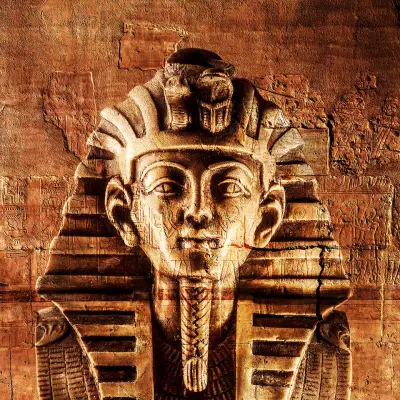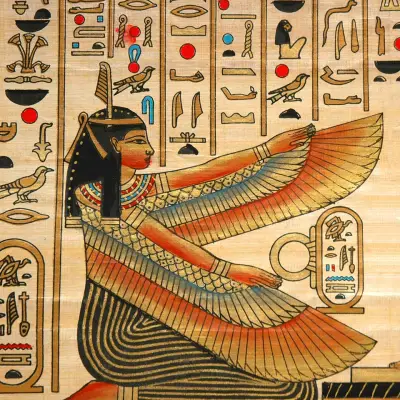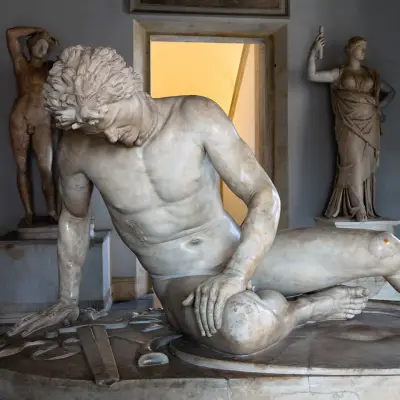If you’ve ever come across small stone statues dressed in red bibs or hats by the roadside in Japan, you’ve likely encountered Jizō. Quietly watching over travellers, children, and souls in need, Jizō is one of the most beloved and widely recognised figures in Japanese religious and cultural life. Whether you're curious about Japanese spirituality or just want to understand more about those gentle-faced stone guardians, this guide explores Jizō’a myths, symbols and powers.
Jump to:
- Who Is Jizō in Japanese Mythology?
- Jizō’s Myths
- The Role of Jizō in Japanese Storytelling
- What Powers Did Jizō Possess?
- Symbols Associated with Jizō
- Jizō’s Lineage and Connections
- Why Is Jizō Special?
- Jizō in Modern Culture
- Jizō’s Worship and Legacy
- Frequently Asked Questions About Jizō
- Study Japanese Mythology for £29
Recommended for you!
Best SellersWho Is Jizō in Japanese Mythology?
Jizō (地蔵) is a compassionate Japanese deity who plays a unique role in both Buddhist belief and Japanese folklore. His full name in Japanese is Ojizō-sama, a respectful and affectionate term used by followers. Jizō is known as the protector of children, travellers, and the souls of the dead, especially those who are suffering in the afterlife.
He originates from the Bodhisattva Kṣitigarbha in Mahayana Buddhism. A bodhisattva is someone who has attained enlightenment but chooses to remain in the cycle of rebirth to help others achieve salvation. Jizō is deeply linked to compassion, selflessness, and rescue from suffering.
Jizō is not a kami (a spirit or god of Shinto), but because Japanese religious culture often blends Shinto and Buddhism, he is honoured in both traditions and appears at Shinto shrines as well as Buddhist temples.
Jizō’s Myths

Jizō’s stories reflect deep emotional truths about loss, hope, and redemption. These timeless myths help explain why he holds such a special place in Japanese culture and spiritual life:
Jizō and the Souls in Hell
One of the most well-known myths tells of Jizō’s journey to the underworld to help suffering souls. He offers comfort to the tormented and works tirelessly to free those with no one left to pray for them, showing his boundless compassion.
Jizō and the Children’s Stone Piles
A touching legend explains that children who die before their parents are punished in the afterlife by being made to stack stones endlessly. Jizō appears in these sorrowful places to shelter the children under his robe, protecting them and sometimes carrying them to a more peaceful realm. You’ll often see stone piles near his statues, each one built as a prayer or symbol of love from grieving parents and caring passers-by.
The Tale of Kasa Jizō
In the heart-warming tale of Kasa Jizō, a poor old man gives away all his hand-woven hats to Jizō statues standing in the snow. That night, the statues come to life and reward him and his wife with food and riches. The story celebrates generosity, humility, and the quiet rewards of selfless kindness.
The Role of Jizō in Japanese Storytelling
Jizō appears in countless folk tales, poems, art, and children's stories. His presence is comforting and familiar, especially to families mourning the loss of a child or those seeking spiritual protection. Unlike wrathful or distant deities, Jizō is approachable, tender, and kind.
He’s often seen as a guardian of those in transition, whether in life, death, or between the physical and spiritual worlds. You’ll find him watching over pilgrims and travellers, unborn children, and those facing hardship. His place in Japanese storytelling reinforces the importance of mercy and resilience.
What Powers Did Jizō Possess?

Jizō’s powers lie not in violence or might, but in his endless compassion and willingness to suffer for others. His key powers include:
- Rescuing souls from hell or the lower realms
- Protecting children, including unborn and stillborn infants
- Guiding travellers and lost souls safely
- Healing physical and emotional suffering
- Offering hope and redemption to those who feel lost
Symbols Associated with Jizō
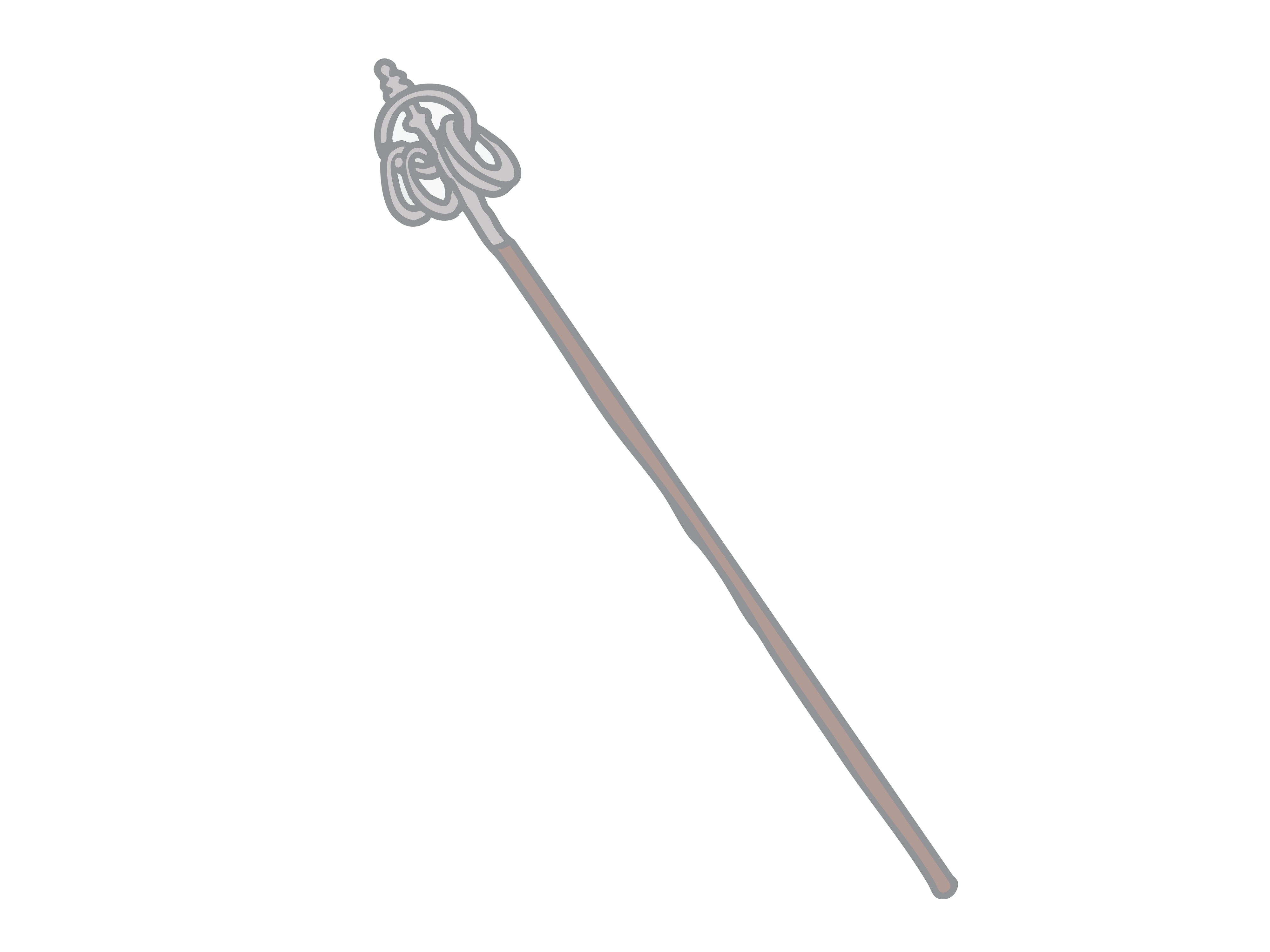
The symbols linked to Jizō reflect his gentle nature and his role as a protector and guide. Each carries deep meaning and helps express his connection to the spiritual and human worlds.
- Red bibs and hats: These are often placed on Jizō statues by parents praying for the protection of their children. Red is believed to ward off evil and illness, and the garments show love, devotion, and hope.
- Peaceful, childlike face: Jizō’s soft expression is intentionally calm and approachable. It represents his role as a comforting presence, especially to children and grieving families.
- Shakujō (staff with rings): This staff, which Jizō holds in one hand, has six rings that jingle to frighten away evil spirits and open the gates of hell. It’s a powerful symbol of his protective and guiding nature.
- Hōju (wish-fulfilling jewel): The jewel in his other hand glows with spiritual energy and light. It symbolises Jizō’s ability to grant comfort, fulfil prayers, and illuminate the path for lost souls.
- Stone piles near his statue: These stones are often stacked by mourners, especially children or grieving parents. They represent prayers to ease the suffering of departed souls and support them on their journey.
Jizō’s Lineage and Connections
Although rooted in Indian Buddhism, Jizō has taken on a distinctly Japanese identity. As the Japanese version of Kṣitigarbha, he shares lineage with other bodhisattvas like Kannon (goddess of mercy). But among all Buddhist figures in Japan, Jizō is one of the most popular and accessible.
He’s considered a friend to all beings, often working behind the scenes in myths while other deities take centre stage. In Shingon Buddhism, he’s one of the Thirteen Buddhas who assist souls in their afterlife journey.
Why Is Jizō Special?
Unlike many other spiritual figures, Jizō’s focus is entirely on helping others. He refuses to attain enlightenment until every soul is saved —a striking example of selflessness. This alone makes him a beloved figure for millions.
He’s also one of the few religious icons in Japan that children interact with directly. Young ones offer toys, build stone towers, or tie red bibs around statues. It’s a touching, human connection to the spiritual world.
Jizō in Modern Culture
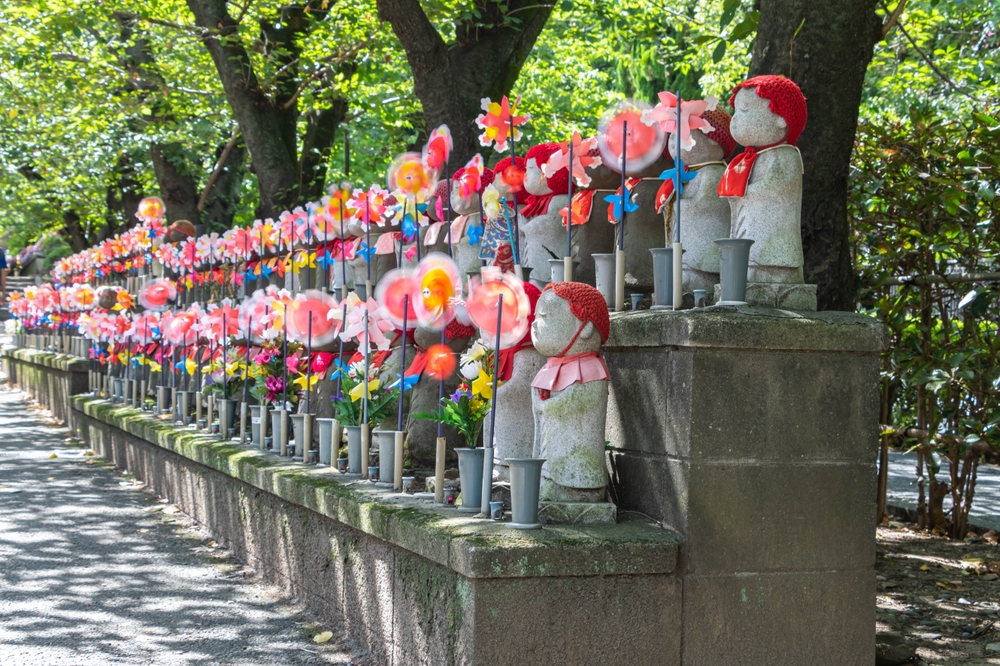
Jizō continues to inspire in modern Japan. You'll find Jizo statues in cities, countryside roads, graveyards, and parks. People stop to pray for safe travels, easy childbirth, or peace for a lost loved one.
You can also find Jizō in anime, manga, and contemporary art as a figure of protection. For example, Jizō statues feature in Hotarubi no Mori e and Natsume's Book of Friends, subtly reinforcing themes of compassion and the connection between the living and spirit worlds.
Jizō’s Worship and Legacy
Worshipping Jizō doesn’t require complex rituals. People light incense, leave offerings, or simply stand in quiet reflection. Annual festivals, like Jizō Bon in August, bring communities together to honour him, especially for the wellbeing of children.
There are thousands, if not millions, of Jixo statues across Japan. Every village or neighbourhood might have its own set of statues. Offerings to these statues often include:
- Stones (to help ease the burden of children in the afterlife)
- Toys and sweets (for lost or unborn children)
- Flowers and coins (as prayers or thanks)
Recommended for you!
Best SellersFrequently Asked Questions About Jizō
Is Jizō Buddhist or Shinto?
Jizō is originally Buddhist but has become part of Shinto practice through cultural blending. You’ll often find him honoured in both types of religious sites across Japan.
What does Kasa Jizō mean?
Kasa Jizō refers to a folktale where an old man gives his handmade hats to Jizō statues in the snow and is later rewarded. The story teaches kindness, selflessness, and spiritual reward.
What is Jizō holding?
He often holds a wish-fulfilling jewel in one hand and a staff in the other. These objects represent his power to offer protection, comfort, and guidance.
How many Jizō statues are there?
There are thousands, possibly millions, of Jizō statues across Japan. From roadsides to temple grounds, his presence is widespread and deeply embedded in local culture.
What do people place in front of the Jizō statue?
Common offerings include stones, flowers, toys, coins, and sweets. These gifts symbolise prayers, gratitude, or help for departed souls, especially children.
How do you pronounce Jizō?
Jizō is pronounced “Jee-zoh,” with a soft “j” and a long “ō” sound. In Japanese, it’s written as 地蔵 (Jizō), with deep spiritual and cultural meaning.
Study Japanese Mythology for £29
Interested in exploring more about ancient Japanese beliefs, traditions, and divine figures like Jizō? The Introduction to Japanese History and Culture Diploma Course from Centre of Excellence is the perfect place to start. For a discounted price of £29, you'll learn about he spiritual stories, practices, and philosophies that shaped Japan’s past and continue to influence it today.

